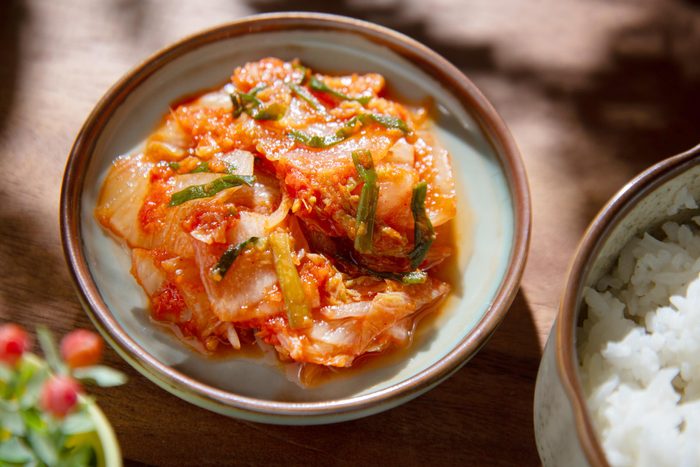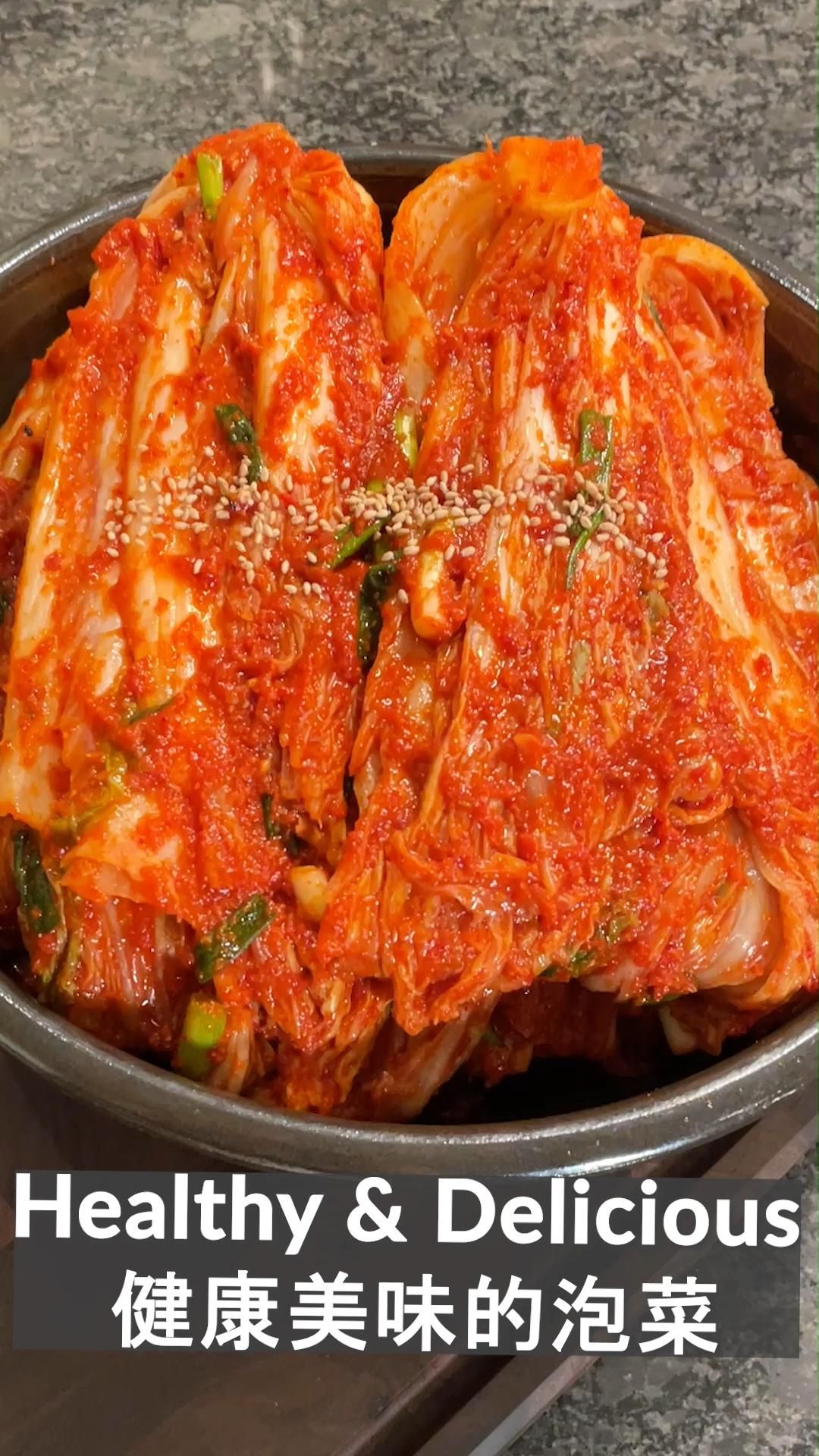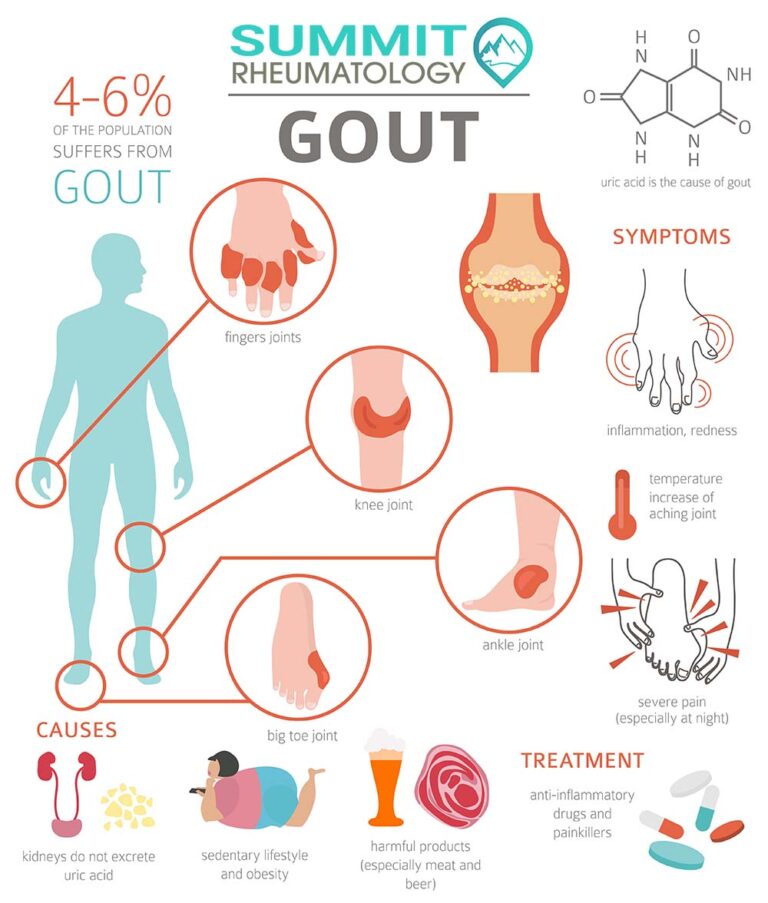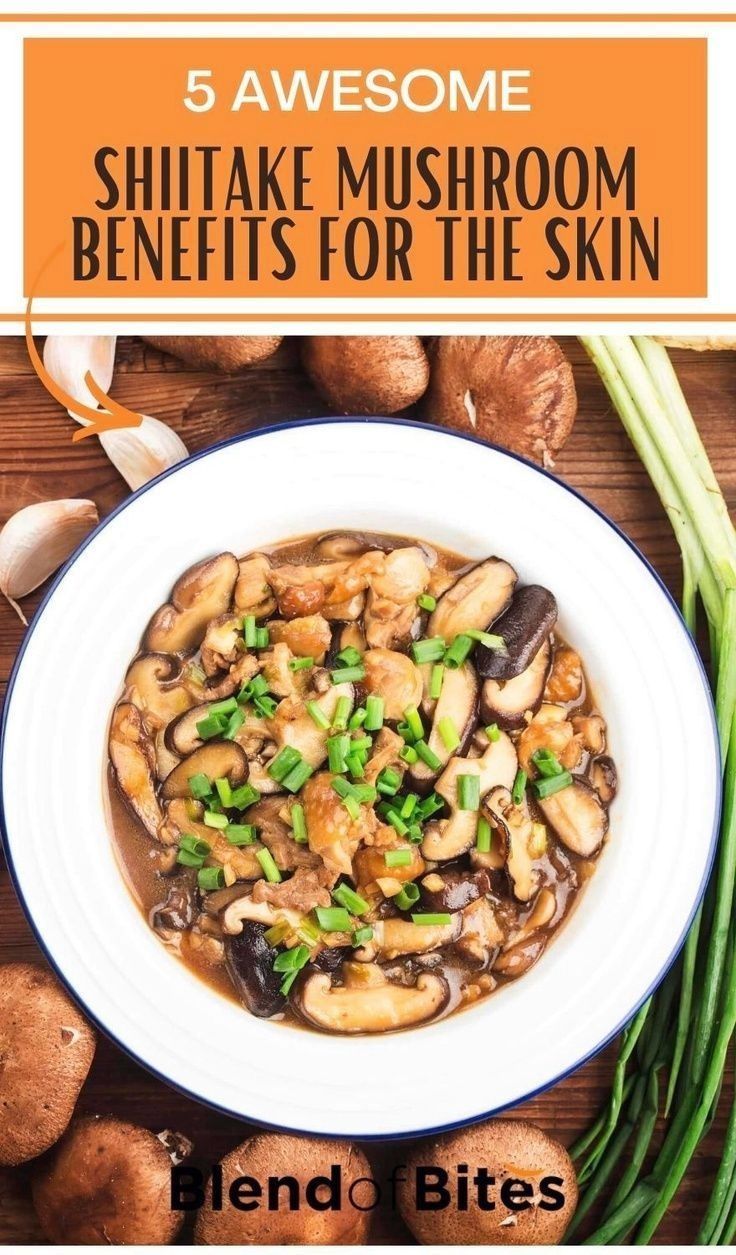Is Kimchi the Healthiest Condiment? (Spoiler: Yes!)
In the vast, vibrant universe of culinary companions, condiments often play a supporting role, adding a flourish of flavor, a kick of spice, or a creamy counterpoint to our meals. From the ubiquitous ketchup to the fiery sriracha, the tangy mustard to the rich mayonnaise, our fridges are usually stocked with an array of these taste enhancers. But what if one of these humble additions wasn’t just a flavor enhancer, but a potent health elixir, a fermented powerhouse capable of transforming not just your dish, but your very well-being?
Enter kimchi.
For centuries, this spicy, sour, and utterly addictive Korean staple has graced tables across the Korean peninsula, deeply interwoven with the nation’s history, culture, and identity. In recent decades, its fame has spread globally, captivating palates and sparking curiosity. But beyond its undeniable deliciousness, a question has increasingly emerged in health and wellness circles: Is kimchi, in fact, the healthiest condiment on the planet?
The spoiler in the title leaves no room for ambiguity: Yes, it absolutely is. This isn’t a hyperbolic claim, but a conclusion rooted in a profound understanding of its intricate composition, its ancient fermentation process, and the ever-growing body of scientific evidence supporting its myriad health benefits. To truly appreciate kimchi’s unparalleled status, we must embark on a journey that delves into its origins, its microscopic marvels, and its far-reaching impact on our bodies.
The Genesis of a Super Condiment: A Story of Survival and Flavor
Kimchi’s story begins not in a gourmet kitchen, but out of necessity. Korea’s harsh winters, which rendered fresh vegetables scarce, spurred the development of fermentation as a means of preservation. The earliest forms of kimchi, dating back to the Silla Dynasty (57 BC – 935 AD), were likely simple salted vegetables. Over time, as trade routes opened and new ingredients like chili peppers (introduced in the 16th century) became available, kimchi evolved into the complex, multifaceted dish we know today.
At its heart, traditional kimchi is a vibrant medley of napa cabbage, radish, garlic, ginger, scallions, and a fiery paste made primarily from gochugaru (Korean chili flakes), often seasoned with fermented seafood like salted shrimp (saeujeot) or anchovy sauce (myeolchijeot). These ingredients are meticulously prepared, salted, rinsed, and then massaged with the spice paste before being packed into airtight containers to ferment. This isn’t merely a recipe; it’s a ritual, a communal act known as "Kimjang," where families and communities gather to prepare large batches of kimchi for the winter, a practice so vital it has been recognized by UNESCO as an Intangible Cultural Heritage of Humanity.
This historical and cultural depth provides the first clue to its potency. Kimchi isn’t a product of modern food science; it’s a legacy of ancestral wisdom, honed over generations to create a food that not only survives but thrives, becoming more nutrient-dense and beneficial with time.
The Microscopic Marvel: Unpacking the Fermentation Process
The true magic of kimchi lies in its fermentation. This ancient process, driven by lactic acid bacteria (LAB) – primarily species of Lactobacillus and Leuconostoc, including the famous Lactobacillus kimchii – transforms raw ingredients into a living, breathing superfood. It’s a delicate dance of microorganisms breaking down sugars and producing a cascade of beneficial compounds.
1. Probiotics: The Gut’s Best Friends
The most celebrated aspect of fermented foods like kimchi is their probiotic content. These live microorganisms, when consumed in adequate amounts, confer a health benefit on the host. Kimchi is teeming with diverse strains of LAB, which contribute directly to a healthy gut microbiome. A balanced microbiome is not just about digestion; it’s the bedrock of overall health, influencing everything from immunity to mood. These probiotics help:
- Improve digestion: Breaking down food and absorbing nutrients more efficiently.
- Restore gut flora: Replenishing beneficial bacteria, especially after antibiotic use or illness.
- Alleviate digestive issues: Reducing symptoms of irritable bowel syndrome (IBS), constipation, and diarrhea.
2. Prebiotics: Fueling the Good Guys
Beyond introducing new beneficial bacteria, kimchi also acts as a powerful prebiotic. The fiber and complex carbohydrates from the cabbage, radish, and other vegetables are not fully digested by our bodies. Instead, they travel to the colon, where they serve as food for the probiotic bacteria already residing there, as well as the newly introduced ones. This synergistic effect – providing both the beneficial bacteria and their fuel – amplifies kimchi’s impact on gut health.
3. Postbiotics: The Unsung Heroes
Fermentation isn’t just about the live bacteria; it’s also about what they produce. As LAB metabolize the ingredients, they create a range of bioactive compounds known as postbiotics. These include short-chain fatty acids (SCFAs) like butyrate, acetate, and propionate, which are crucial for gut lining integrity, reducing inflammation, and even communicating with the brain. Other postbiotics include bacteriocins (natural antimicrobial peptides) and various enzymes that further aid digestion and nutrient absorption.
4. Enhanced Nutrient Bioavailability
The fermentation process doesn’t just create new beneficial compounds; it also makes existing nutrients more accessible. For instance, the LAB can break down complex compounds that might otherwise be difficult for our bodies to absorb, increasing the bioavailability of vitamins and minerals.
A Nutritional Powerhouse: Beyond the Microbes
While the microbial bounty is undoubtedly a cornerstone of kimchi’s health benefits, its raw ingredients alone contribute a formidable nutritional profile.
1. Vitamins Galore:
- Vitamin C: A powerful antioxidant, crucial for immune function, collagen synthesis, and skin health. Napa cabbage, the primary ingredient, is a good source.
- Vitamin K: Essential for blood clotting and bone health.
- B Vitamins (B6, B1, B2): Important for energy metabolism, nerve function, and red blood cell formation. Fermentation can even enhance some B vitamin levels.
- Vitamin A (Beta-carotene): An antioxidant vital for vision, immune function, and skin health, particularly from the chili flakes.
2. Essential Minerals:
- Iron: Crucial for oxygen transport in the blood.
- Calcium: Fundamental for bone and teeth health.
- Selenium: A powerful antioxidant, important for thyroid function and immune response.
- Potassium: Essential for blood pressure regulation and fluid balance.
3. Antioxidants and Phytochemicals:
Kimchi is a vibrant mosaic of antioxidant compounds, each playing a role in protecting our cells from oxidative stress and inflammation.
- Capsaicin: The compound responsible for the heat in chili peppers, capsaicin is a potent antioxidant and anti-inflammatory agent, known to boost metabolism and offer pain relief.
- Allicin: Found in garlic, allicin is a sulfur-containing compound with powerful antimicrobial, anti-inflammatory, and antioxidant properties.
- Gingerols: From ginger, these compounds contribute to its anti-inflammatory and digestive benefits.
- Sulforaphane and Indole-3-carbinol: These compounds, abundant in cruciferous vegetables like napa cabbage, are renowned for their cancer-fighting properties.
- Flavonoids and Phenolic Acids: Present in various ingredients, these plant compounds contribute to kimchi’s broad antioxidant capacity.
4. Fiber:
The generous amount of fiber from the vegetables aids digestion, promotes satiety, and helps regulate blood sugar levels, contributing to overall gut health and weight management.
The Health Symphony: Kimchi’s Far-Reaching Benefits
Given its intricate composition, it’s no surprise that kimchi offers a symphony of health benefits that extend far beyond simple digestion.
1. Gut Health and Digestive Wellness (The Foundation):
As established, this is kimchi’s flagship benefit. A healthy and diverse gut microbiome is linked to almost every aspect of health. Kimchi’s probiotics, prebiotics, and postbiotics work synergistically to:
- Strengthen the gut barrier, preventing "leaky gut."
- Balance the gut flora, suppressing harmful bacteria.
- Reduce inflammation in the gut.
- Improve nutrient absorption.
2. Immune System Fortification:
A staggering 70-80% of our immune system resides in the gut. By optimizing gut health, kimchi directly bolsters our body’s defenses. The probiotics in kimchi can modulate immune responses, enhancing the activity of immune cells and helping the body fight off infections. Vitamin C and other antioxidants further support immune function.
3. Anti-Inflammatory Powerhouse:
Chronic inflammation is a root cause of many modern diseases, including heart disease, diabetes, and certain cancers. Kimchi’s rich array of antioxidants (capsaicin, allicin, gingerols, flavonoids) and anti-inflammatory postbiotics (SCFAs) work to quell systemic inflammation throughout the body.
4. Cardiovascular Health:
Several components of kimchi contribute to a healthy heart:
- Fiber: Helps lower cholesterol levels by binding to bile acids in the digestive tract.
- Potassium: Crucial for maintaining healthy blood pressure.
- Antioxidants: Protect blood vessels from oxidative damage, reducing the risk of atherosclerosis.
- Allicin: Garlic’s active compound has been shown to help lower cholesterol and blood pressure.
- Some studies suggest that fermented foods can positively impact lipid profiles.
5. Weight Management and Metabolic Health:
Kimchi can be a valuable ally in weight management due to several factors:
- Low Calorie, High Nutrient Density: It provides a wealth of nutrients without excess calories.
- Fiber Content: Promotes satiety, helping you feel fuller for longer and reducing overall calorie intake.
- Capsaicin: Known to boost metabolism and increase fat burning.
- Gut Microbiome Influence: A healthy gut microbiome, fostered by probiotics, plays a role in regulating metabolism and energy expenditure. Some research indicates specific gut bacteria profiles can influence weight.
6. Potential Anti-Cancer Properties:
This is an area of significant research interest. The combination of cruciferous vegetables, allium vegetables (garlic, scallions), and the fermentation process itself offers a powerful anti-cancer arsenal:
- Cruciferous Compounds: Sulforaphane and indole-3-carbinol have been extensively studied for their ability to detoxify carcinogens and inhibit cancer cell growth.
- Allicin: Garlic’s compounds have demonstrated anti-cancer effects in various studies.
- Probiotics: Some research suggests that certain LAB strains can inhibit the growth of tumor cells and enhance the body’s natural defense mechanisms against cancer.
7. Skin Health and Anti-Aging:
A healthy gut is often reflected in radiant skin. By improving digestion and reducing inflammation, kimchi can help alleviate skin conditions like acne and eczema. Its antioxidant content also combats free radical damage, which contributes to premature aging.
8. Brain Health and Mood:
The "gut-brain axis" is a rapidly expanding field of research. The gut microbiome communicates extensively with the brain, influencing mood, cognition, and even neurological conditions. By fostering a healthy gut, kimchi’s probiotics can positively impact brain health, potentially reducing symptoms of anxiety and depression. The production of neurotransmitters like serotonin (much of which is produced in the gut) is influenced by gut bacteria.
Kimchi vs. The Competition: Why It Reigns Supreme
Now, let’s address the elephant in the condiment aisle. How does kimchi stack up against its popular counterparts? The comparison often highlights kimchi’s unique strengths:
- Ketchup: Often loaded with high-fructose corn syrup, artificial flavors, and sodium, offering minimal nutritional value beyond a bit of lycopene. It’s a flavor enhancer, but not a health enhancer.
- Mayonnaise: While some artisanal versions can be made with healthy oils, commercial mayo is typically high in unhealthy fats and often contains additives and preservatives, lacking any significant vitamins or active beneficial compounds.
- Sriracha and Hot Sauce: Offer a spicy kick from capsaicin, which has some health benefits, but many brands contain added sugar, excessive sodium, and preservatives, and crucially, lack the probiotic and prebiotic power of fermentation.
- Mustard: Generally a healthier choice, especially whole-grain varieties, offering some antioxidants and minerals. However, it doesn’t possess the living microbial ecosystem or the comprehensive nutrient profile of kimchi.
- Relish: Typically high in sugar, sodium, and often artificial colors and preservatives, offering little nutritional upside.
In contrast, kimchi is a symphony of living beneficial bacteria, fiber, vitamins, minerals, and potent antioxidants, all wrapped in a naturally delicious and complex flavor profile. It’s not just "less bad" than other condiments; it’s actively, profoundly good for you. It elevates a meal not just in taste, but in nutritional value and gut-boosting power.
Embracing Kimchi: Integrating the Healthiest Condiment into Your Life
For those new to its charms, integrating kimchi might seem daunting, but its versatility is one of its greatest assets. Its tangy, spicy, and umami notes can brighten almost any dish.
Here are some ideas:
- Classic Side Dish: Serve alongside rice, grilled meats, or any Korean-inspired meal.
- Eggs: Add a spoonful to scrambled eggs, omelets, or as a topping for fried eggs.
- Sandwiches and Wraps: A fantastic flavor and texture booster for any sandwich, especially with grilled cheese or deli meats.
- Tacos and Bowls: Elevate your Mexican-inspired dishes or Buddha bowls with a dollop of kimchi.
- Stir-Fries and Fried Rice: Stir it in during the last few minutes of cooking for a vibrant, tangy kick.
- Soups and Stews: Essential for Korean dishes like Kimchi Jjigae (kimchi stew), but also a wonderful addition to ramen, miso soup, or even a simple vegetable broth.
- Salads: Mix into green salads for an unexpected burst of flavor and crunch.
- Avocado Toast: A savory and spicy topping that perfectly complements creamy avocado.
- Burgers: A healthier, more flavorful alternative to pickles or relish.
Choosing Your Kimchi:
Look for traditionally made, unpasteurized kimchi in the refrigerated section of your grocery store or Asian market. Pasteurization kills the beneficial bacteria, negating the probiotic benefits. Check the ingredient list for minimal additives and no added sugar (beyond what’s naturally in the vegetables).
Addressing Concerns:
- Sodium: Yes, kimchi contains sodium, a necessary component for fermentation and flavor. However, a typical serving size (a few tablespoons) is usually well within daily limits, and the overall benefits often outweigh this concern, especially when compared to other high-sodium processed foods. If you are highly sensitive to sodium, consume it in moderation.
- Spiciness: Kimchi varies greatly in its heat level. Start with milder varieties or make your own with less gochugaru if you’re sensitive to spice. The health benefits are present regardless of the heat.
The Verdict: A Resounding Yes!
The journey through kimchi’s history, its microbial miracles, and its extensive nutritional and health benefits leaves no doubt: kimchi stands head and shoulders above other condiments. It’s not merely a flavor enhancer; it’s a functional food, a living supplement that actively contributes to your well-being with every bite.
In a world increasingly focused on processed foods and quick fixes, kimchi offers a profound reminder of the power of traditional, fermented foods. It is a testament to the wisdom of our ancestors, who, through trial and error, discovered how to transform simple ingredients into a source of vitality and resilience.
So, the next time you reach for a condiment, consider the humble, yet mighty, kimchi. Let its vibrant flavors awaken your palate and its microscopic marvels nourish your body. It’s more than just a side dish; it’s a cornerstone of health, a testament to the fact that sometimes, the healthiest choices are also the most delicious. Kimchi isn’t just a condiment; it’s a culinary and wellness revolution on your plate. And that, my friends, is a story worth telling – and tasting.







